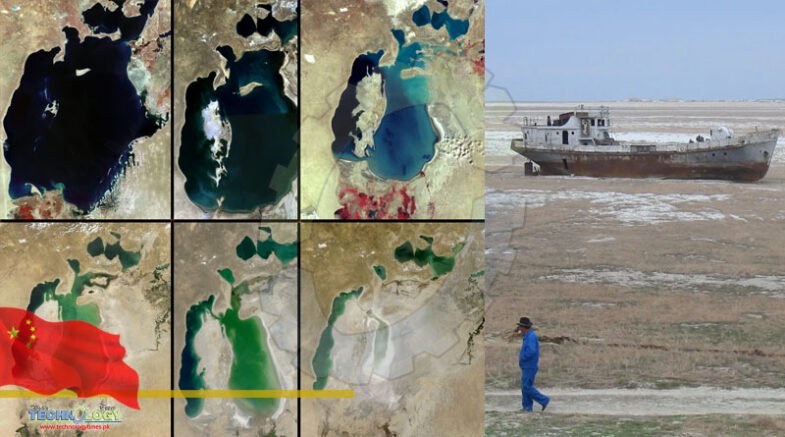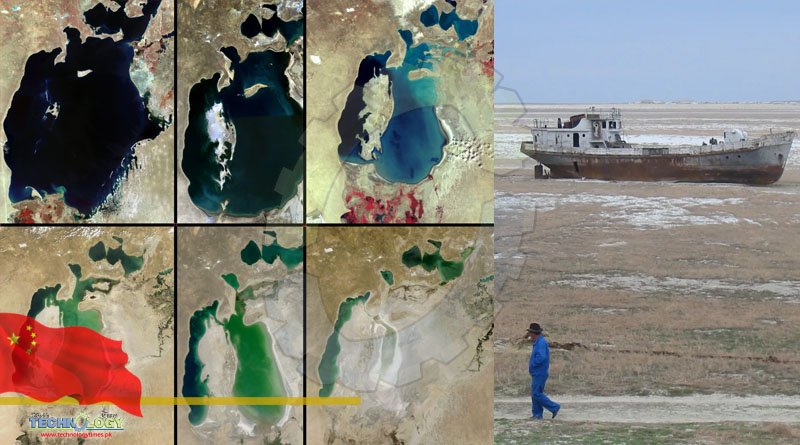The majority of findings pointed to farmland expansion as the primary cause of the Aral Sea’s contraction. “However, farmland in the Aral Sea basin has stopped expanding since 2000”.

After five years of collaborative scientific research, Chinese and Uzbek scientists have identified key factors contributing to the shrinking of Aral sea over the last 20 years, including climate change and a lack of water-saving technology in farmlands.
The Aral Sea, which lies between Kazakhstan and Uzbekistan, was once the world’s fourth-largest inland body of water. It has shrunk dramatically since 1960, with its surface area decreasing from 67,000 square kilometres in 1960 to 6,000 square kilometres in 2020.
The majority of findings pointed to farmland expansion as the primary cause of the Aral Sea’s contraction. “However, farmland in the Aral Sea basin has stopped expanding since 2000,” said Chen Xi, director of the Chinese Academy of Sciences’ Research Center for Ecology and Environment of Central Asia.
According to the most recent research, rising temperatures, a lack of water-saving technology in farmlands, wetland expansion in the middle and lower reaches, and a large amount of water storage in upstream hydropower stations have all accelerated the Aral Sea’s shrinkage over the last two decades.
The salt dust produced by the dried shores poses a serious threat to the local ecological environment and people’s health.
Scientists from China and Uzbekistan have proposed a plan for the ecological restoration of dried lake areas. They divided the Aral Sea into sections, each of which will be treated differently.
Water-saving technology, according to Chen, is an important way to solve ecological problems in Central Asian countries. “Cotton cultivation consumes 60% of Uzbekistan’s water resources. Efficient water-saving technologies can save Uzbekistan 8 to 10 billion cubic metres of water per year, which can be used for industrial development and Aral Sea restoration.”
The name translates roughly as “Sea of Islands,” referring to the over 1,100 islands that dot its waters.Aral means “island, archipelago” in Mongolic and Turkic languages. Uzbekistan, Tajikistan, Turkmenistan, Kyrgyzstan, Kazakhstan, Afghanistan, and Iran are all part of the Aral Sea drainage basin. The Aral Sea began shrinking in the 1960s after the rivers that fed it were diverted by Soviet irrigation projects.
Originally published at English News
